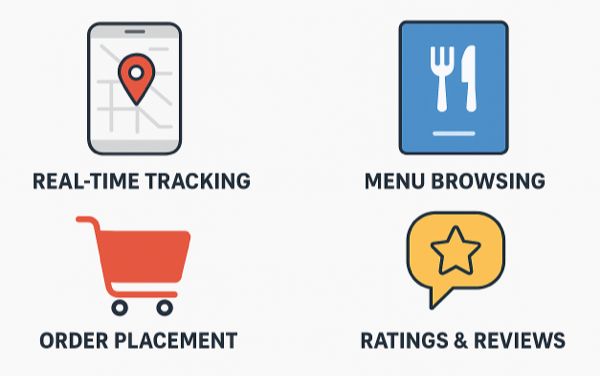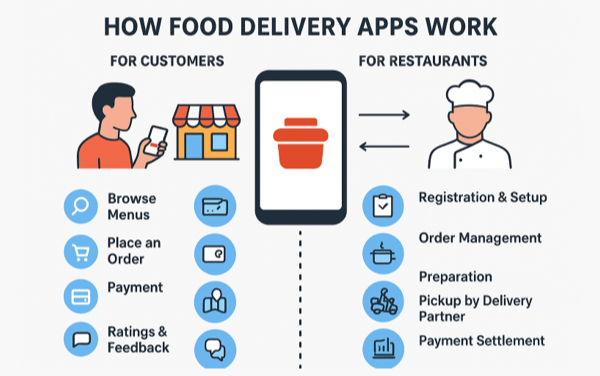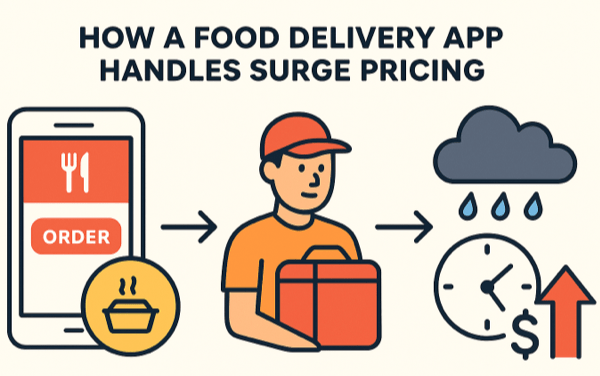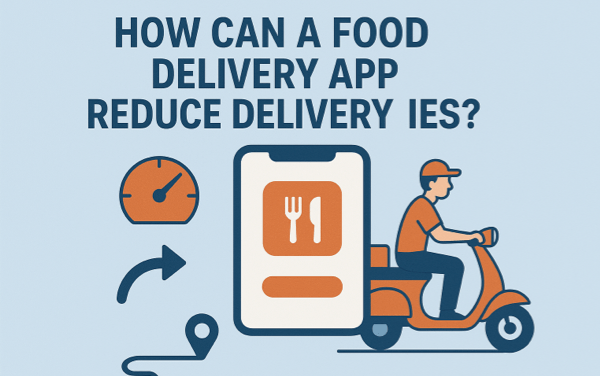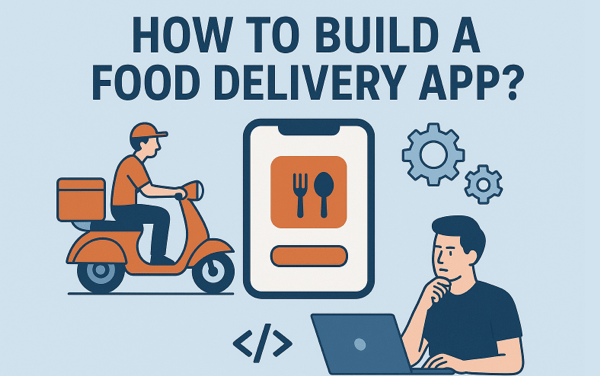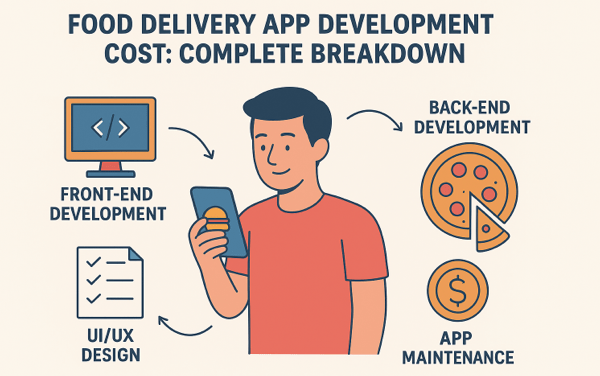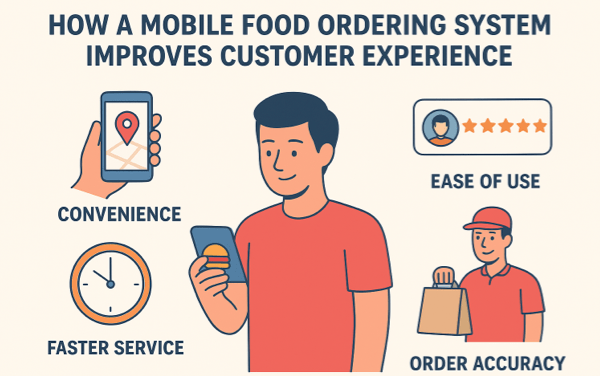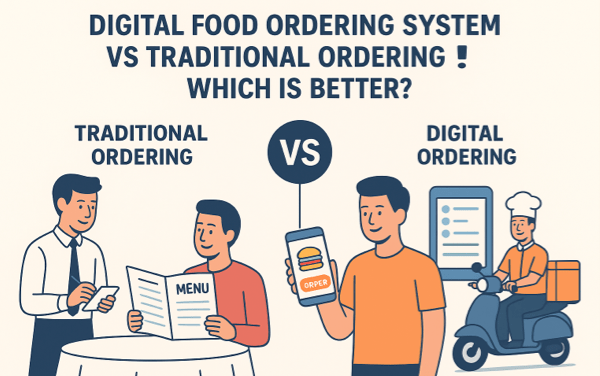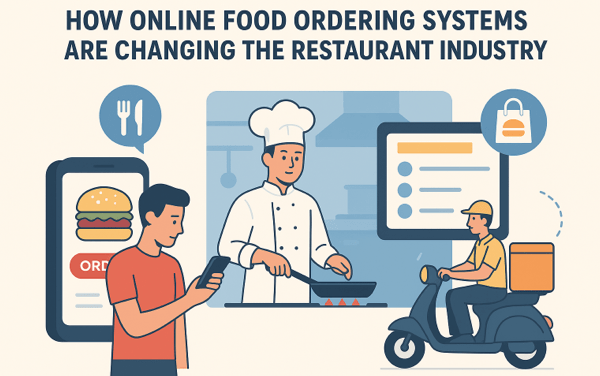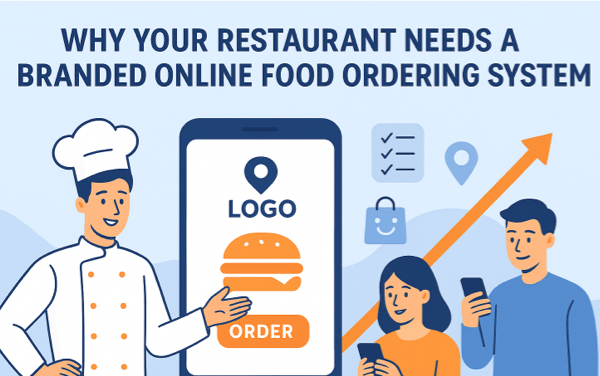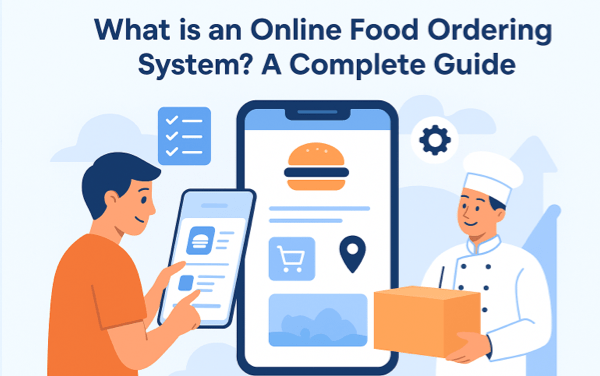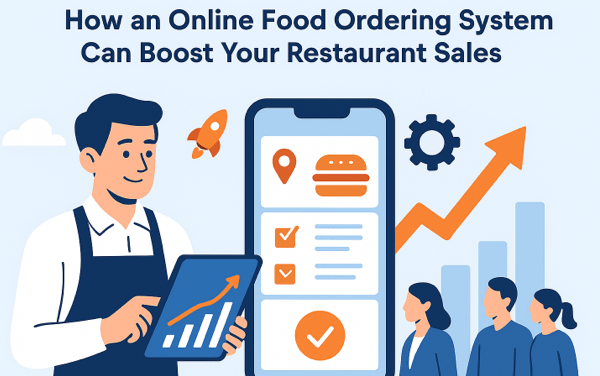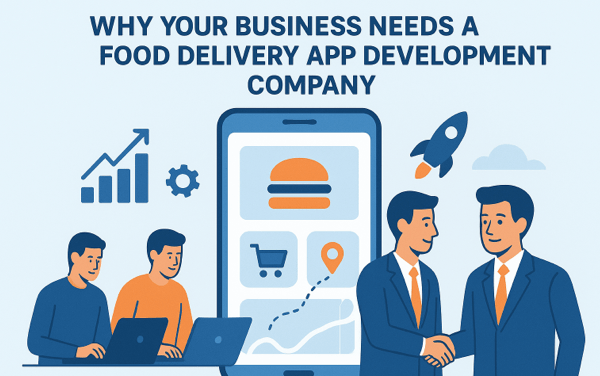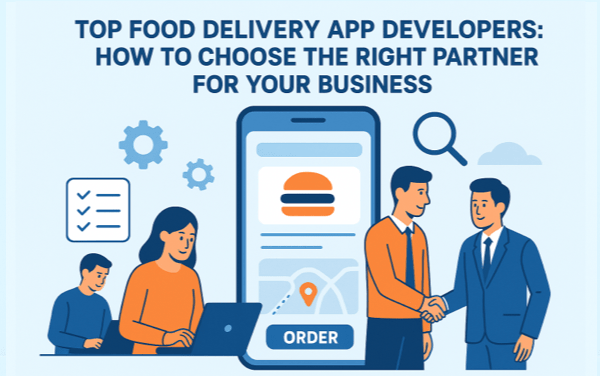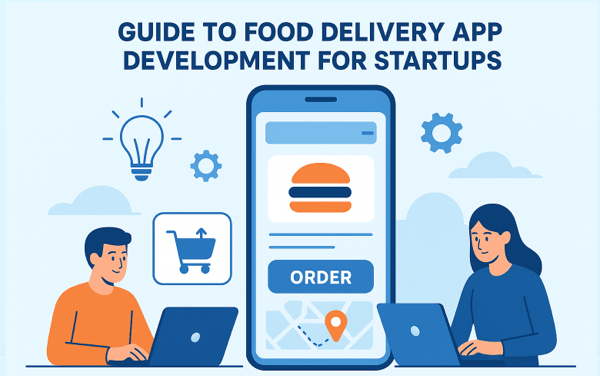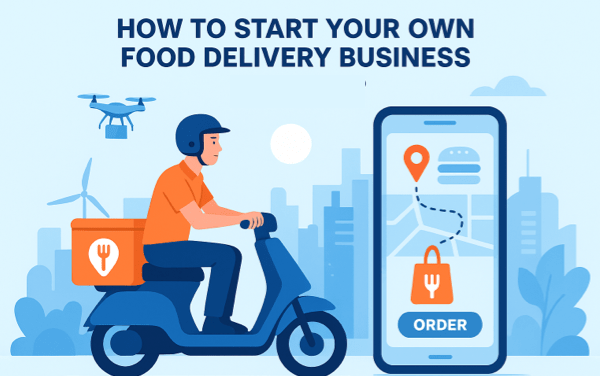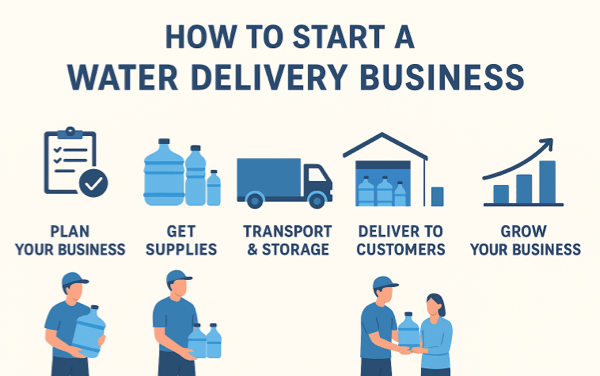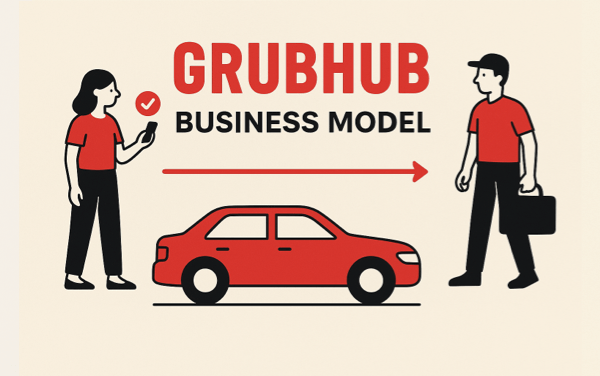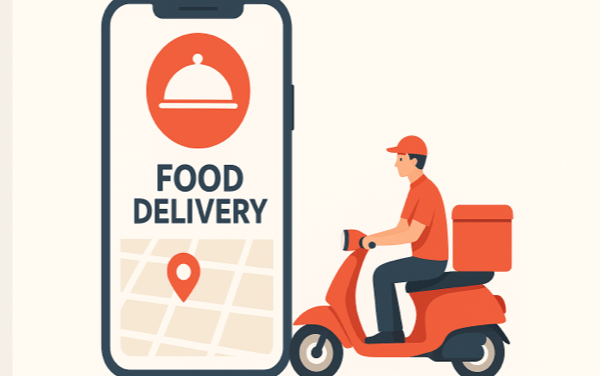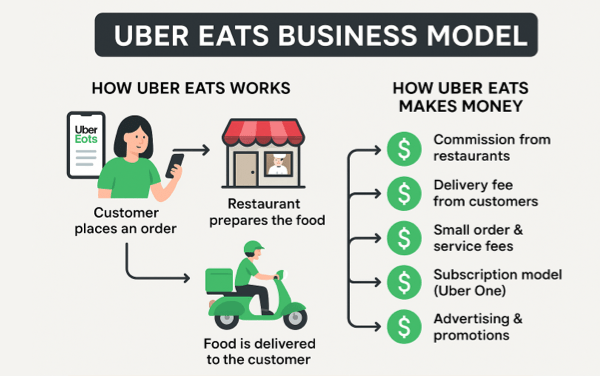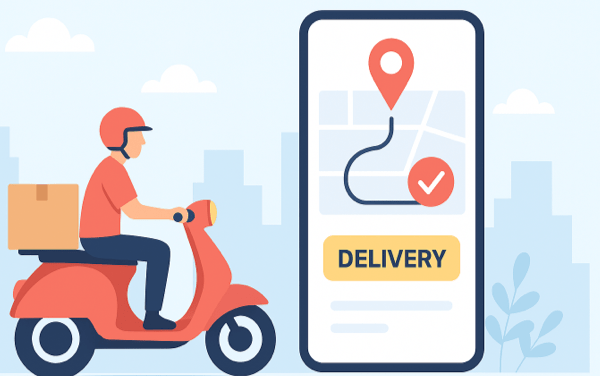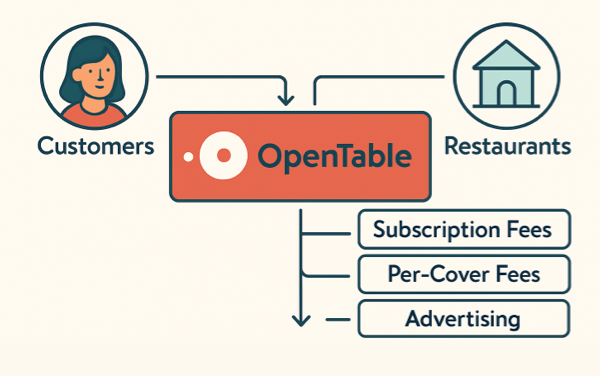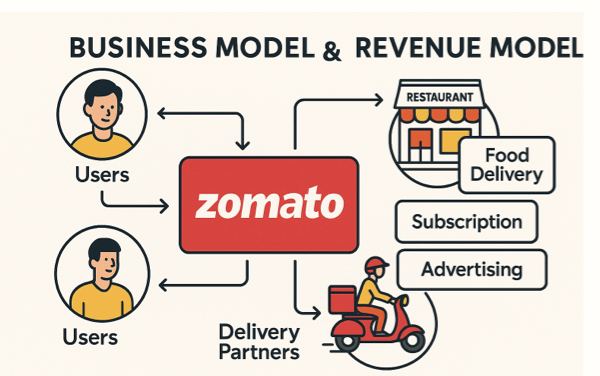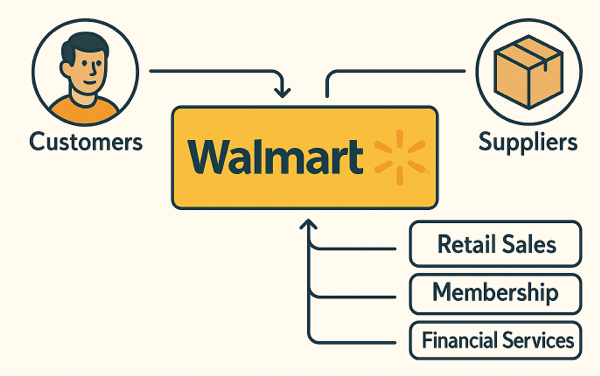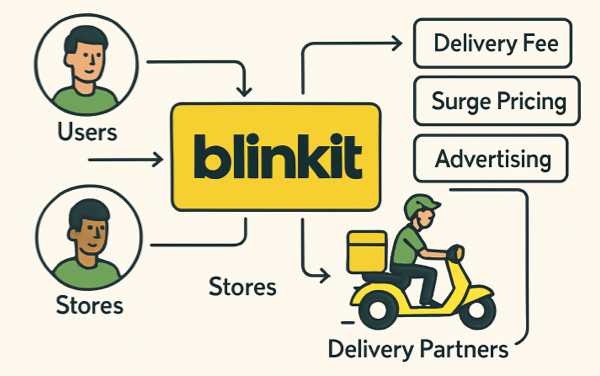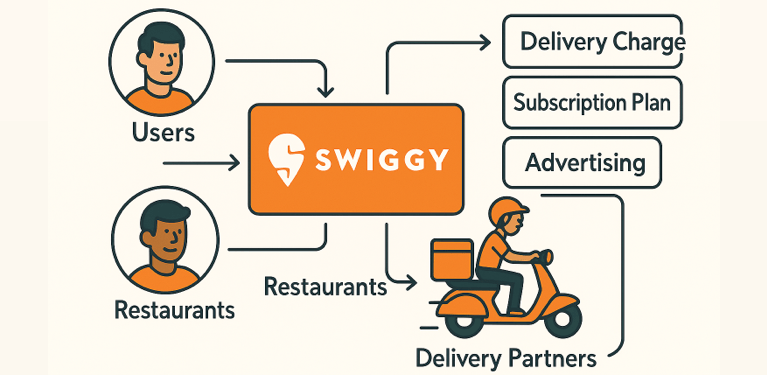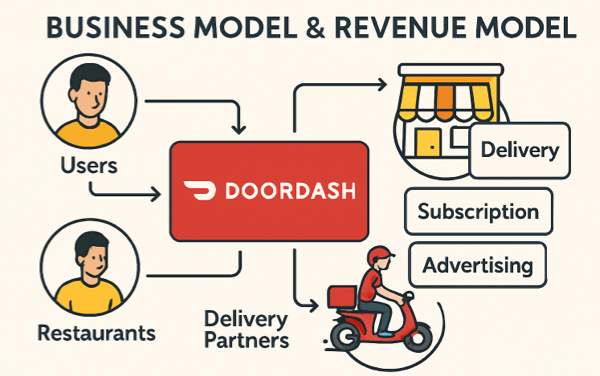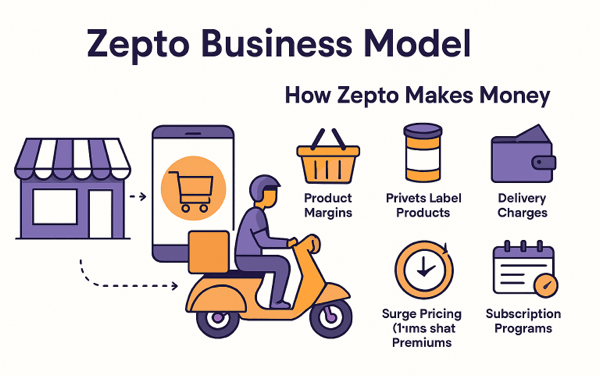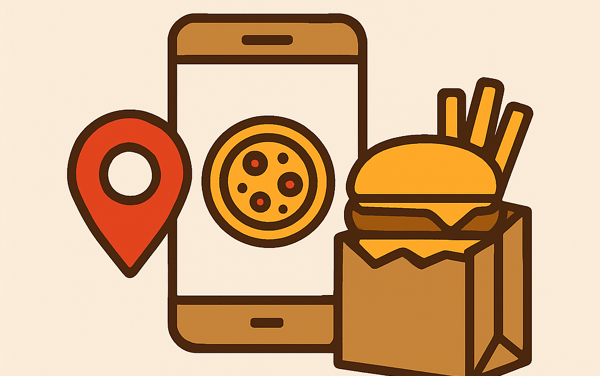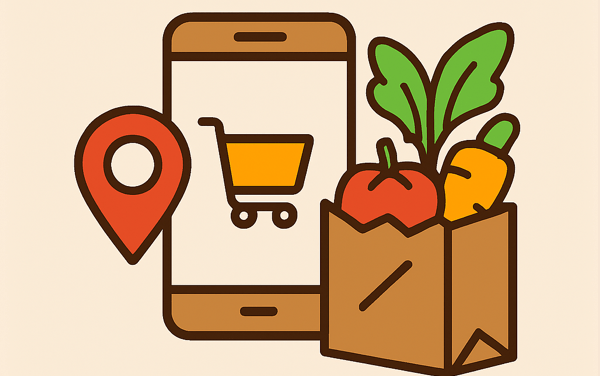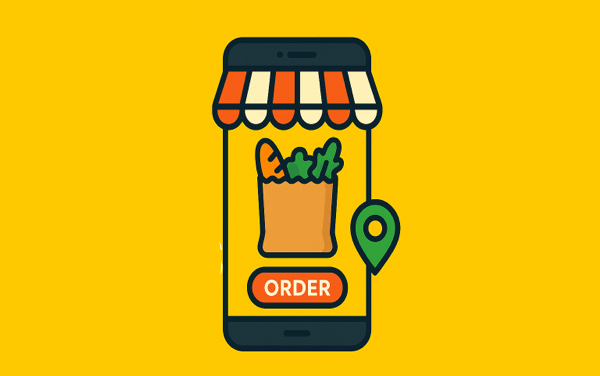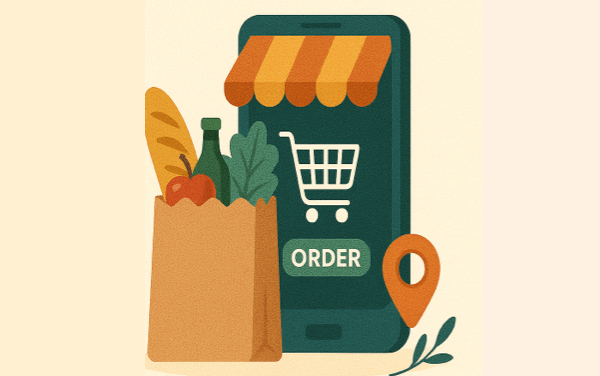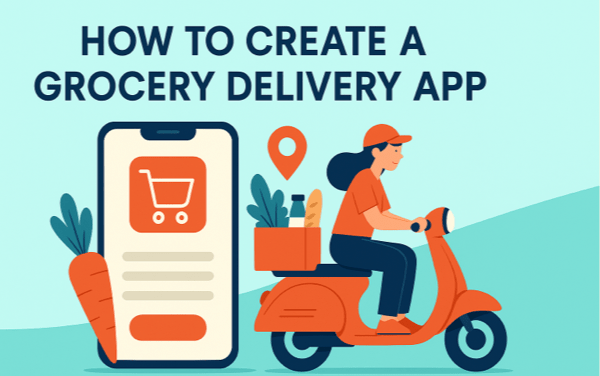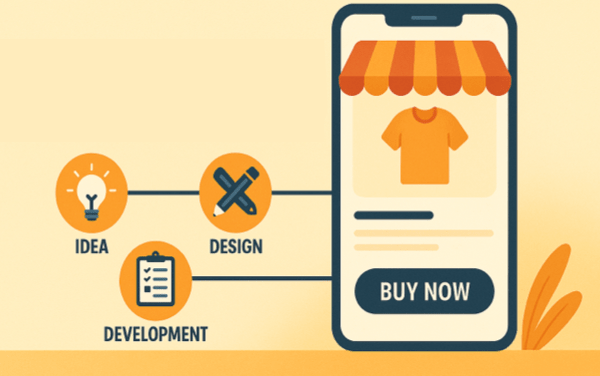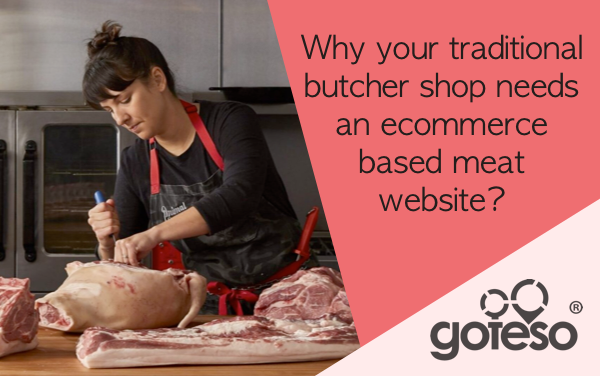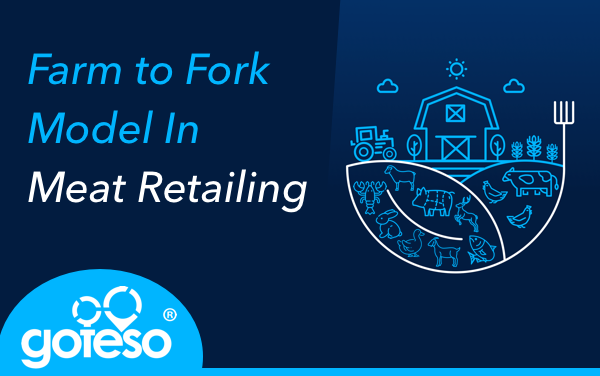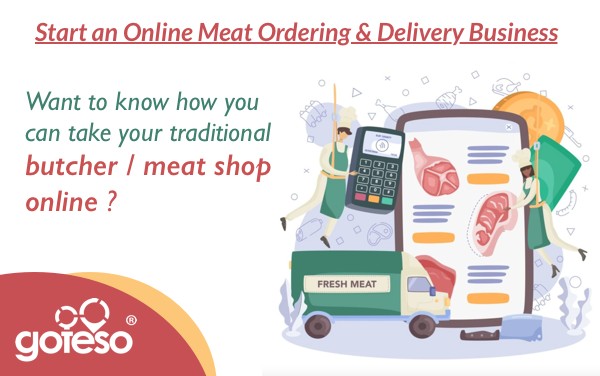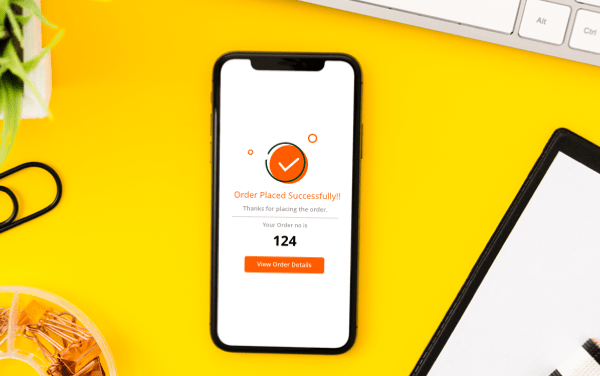How to Start a Profitable Online Butchery Business?
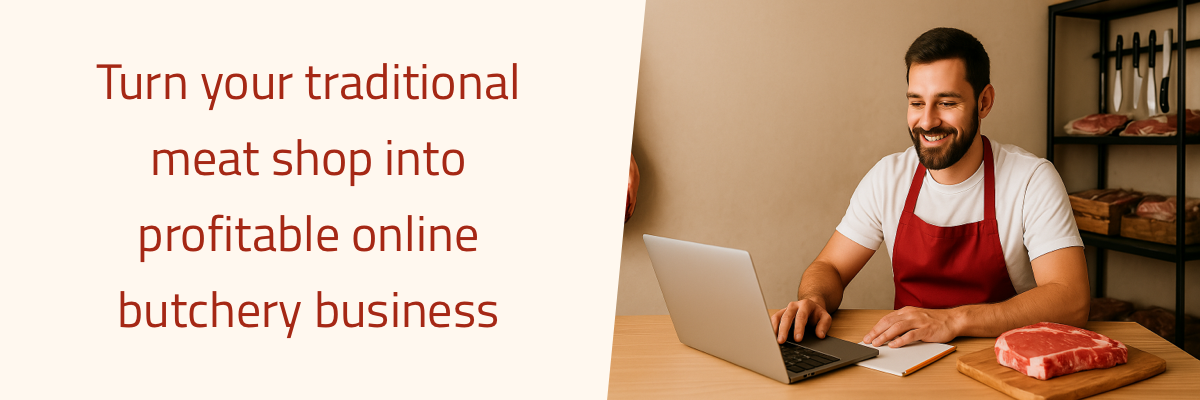
The online butchery business is experiencing a boom as consumer shopping habits continue to evolve. In recent years, convenience has become a major driving force in purchasing decisions, with more people opting to shop from the comfort of their homes. The meat industry is no exception, with customers increasingly preferring the ease of ordering fresh, high-quality meat online. This shift is fueled by the growing demand for superior product quality, hygiene, and traceability.
As digital platforms reshape the way people buy meat, the online meat market is expanding rapidly—projected to grow from USD 8 billion in 2024 to USD 14 billion by 2031. For aspiring entrepreneurs, this creates a unique and profitable opportunity. If you’re thinking about entering the online butchery business, now is the time to tap into this growing market and provide consumers with the convenience and quality they’re looking for.
In this guide, we’ll walk you through the key steps to start an online butchery business and ensure that it is profitable.
1. Understand the Market Demand
Before launching your online butchery, it’s important to first understand what customers want. Meat-buying habits have changed, with many people now looking for high-quality, sustainable, and ethically sourced meat. This shift has led to the rise of online butcher shops offering options like organic, grass-fed, and free-range meat.
To get started, you should –
- Identify the types of meat customers are buying most (beef, chicken, lamb, exotic meats, seafood, etc.)
- Look into whether people prefer organic or locally sourced meat
- Research competitors in your market and what prices they are charging
- Understand your target customers—who they are, what they buy, and how often they shop for meat
You can gather this information by talking to family, friends, and neighbours, or by looking at what your competitors are doing. This will help you confirm there’s enough demand for your online butchery before you get started.
2. Find Your Unique Niche
The online meat market is huge, and there’s a lot of competition. To make your butchery stand out, it’s essential to choose a specific niche that makes you different from others. Here are some niche ideas to consider –
- Organic & Grass-Fed Meat – Attract health-conscious or eco-friendly customers who care about what they eat.
- Locally Sourced Meats – Partner with local farms to offer fresh, region-specific options, supporting both the community and sustainability.
- Exotic Meats – Offer unique meats like venison, bison, or even alligator for customers looking for something different.
- Custom Cuts – Provide tailored cuts for customers who need specific pieces of meat for special recipes or occasions.
By focusing on a niche, you can clearly define who your customers are and make your marketing more targeted. This approach will help you compete with larger, more general businesses and attract loyal customers.
3. Prioritise High-Quality Meat
The quality of the meat you sell will be the foundation of your business. It’s crucial to partner with trusted farms, ranches, or suppliers who prioritize animal welfare, sustainability, and hygiene. Here are some key things to consider –
- Certifications – Look for labels like organic, free-range, or antibiotic-free to attract health-conscious customers.
- Reliable Supply Chain – Set up a strong supply chain to ensure your customers always get fresh, high-quality meat on time.
- Packaging & Storage – Invest in quality packaging and refrigeration to keep your products fresh and prevent spoilage during delivery.
By sourcing high-quality meat, you’ll not only enhance your brand’s reputation but also build trust with your customers, leading to repeat business and long-term success.
4. Raising Capital for Your Meat Business
To get your butchery business off the ground, you’ll need to secure financing to cover startup costs like equipment, rent, inventory, and permits. There are several ways to raise the necessary funds.
- Apply for Business Loans – You could apply for a small business loan from a bank or a lending institution, which will give you access to capital that you’ll pay back over time.
- Find the Investors – Alternatively, you might consider seeking investors who are willing to put money into your business in exchange for a share of ownership or profits.
- Government Grants And Subsidies – Another option is to explore government grants or funding programs that support new businesses, especially those in the food and retail sector.
- Check Your Personal And Family Savings – If you have personal savings set aside, you can use that to fund your business, although it’s important to ensure you have enough to cover both personal and business expenses.
Whichever method you choose, make sure to plan your finances carefully and understand the terms of any loans or investments to avoid financial strain later on.

5. Licenses And Permits
Starting a butchery business requires securing several licenses and permits to ensure legal compliance and maintain health and safety standards. These documents are necessary to operate your business smoothly, protect public health, and meet local and federal regulations.
- Incorporation Certificate – This certificate legally registers your business as a corporation or limited liability company (LLC), providing legal protection and formalizing your business structure.
- Business License – A general permit issued by local authorities, granting permission to operate your butchery within a specific area or jurisdiction.
- Food Safety and Security Certificate – This certificate confirms that your business meets food safety standards, including proper handling, storage, and sanitation protocols to prevent contamination.
- Meat Processing License – Required if you plan to process or slaughter animals in your butchery, ensuring that the meat is handled according to health regulations.
- Meat Inspection Permit – Issued by health authorities, this permit ensures that the meat you sell has been inspected for safety, quality, and compliance with food standards.
- Fire Safety Certificate – A permit from the fire department confirming that your business complies with fire safety regulations, including proper exits, fire extinguishers, and other preventive measures.
- Waste Disposal Permit – Required for businesses dealing with food waste and other by-products, this permit ensures that waste is disposed of properly to protect public health and the environment.
6. Reduce Operational Costs
Starting your meat business online eliminates the need to rent a physical storefront in a high-traffic or premium location. By operating through an online ordering and delivery model, you can significantly cut overhead expenses. You can opt for a budget-friendly space where delivery partners come to collect the meat orders, further reducing costs. These savings allow you to offer competitive pricing, helping you attract and retain more customers while maintaining healthy profit margins.
7. Requirement of Equipment and Machinery
Starting a butchery requires essential equipment and machinery to ensure smooth operations, maintain hygiene, and deliver high-quality products. This may includes commercial meat slicers, band saws, and grinders for cutting and processing meat. You’ll also need cold storage units like refrigerators and freezers to keep products fresh, along with stainless steel worktables, weighing scales, and vacuum sealers for packaging. Proper sanitation tools and safety gear are equally important to maintain cleanliness and meet health standards.
8. Launch an Online Meat Ordering System
To successfully sell meat online, having both a mobile app and a responsive website is essential. Your website should be optimized to adjust seamlessly across all devices and screen sizes, ensuring an exceptional user experience on smartphones, tablets, and desktops. These platforms must be intuitive, professional, and easy to navigate, offering all the necessary features that make shopping effortless for your customers. A well-structured and user-friendly online meat ordering system will help convert visitors into loyal customers. With more people shopping on their phones than ever before, it’s crucial to ensure both your website and app perform flawlessly across all devices to provide a smooth, enjoyable shopping experience.
Key features to include –
- Product Catalog – Showcase high-quality images, detailed descriptions, and clear pricing for each product. This helps customers easily understand what they’re purchasing.
- Search Functionality – Simplify the buying process by enabling easy navigation. A robust search function will allow customers to quickly find specific types of meat, cuts, or even products that meet their dietary preferences.
- Localization and Multilingual Support – Allow customers to browse your site in their preferred language and currency. This feature enhances the shopping experience and helps you cater to a wider, global audience.
- Multiple Payment Gateway Integration – Offer various payment options (credit/debit cards, PayPal, digital wallets, etc.) to give customers flexibility and make the checkout process as smooth as possible.
- Facility to Add Multiple Addresses – Let customers save multiple shipping addresses for convenience, whether it’s for home delivery, gift orders, or different locations.
- Product Wishlist – Enable customers to save their favorite products to a wishlist, making it easier for them to return and purchase later, increasing the likelihood of repeat business.
- Customer Insights – In the Admin Panel, you can analyze customer purchase history, preferences, and buying habits. This data allows you to create tailored promotions and personalized product recommendations, enhancing customer experience and encouraging repeat purchases.
- Reporting and Analytics – The Admin Panel provides detailed sales reports, giving you a clear view of what’s selling well and what’s not. You can use this data to identify trends, adjust inventory levels, optimize pricing, and plan marketing campaigns, helping you make informed decisions and stay ahead in the competitive butchery market.
If you don’t have the technical expertise to build an app and website yourself, you can choose Ordefy’s monthly subscription service or explore a one-time solution to create both your website and app for butchery business.
9. Set Up a Reliable Delivery System
Once you’ve streamlined the online shopping experience, the next key focus is ensuring your meat products are delivered fresh, on time, and in perfect condition. Whether customers are ordering through your website or app, the entire process should be connected to an efficient and transparent delivery system that ensures both quality and convenience.
Logistics and Delivery Considerations:
- Shipping Packaging – Use high-quality, insulated, and eco-friendly packaging to ensure your products stay fresh during transit.
- Delivery Partners – Partner with trusted logistics providers that offer temperature-controlled shipping. Consider local delivery services for faster, same-day, or next-day deliveries, which can be tracked live easily through your website or mobile app.
- Shipping Costs – Determine whether you’ll absorb shipping costs, pass them on to customers, or offer free shipping above a certain order amount to incentivize larger purchases.
- Live Tracking for Meat Orders – Allow customers to track their meat orders in real-time, providing them with updates on the delivery status. This feature enhances transparency and gives customers peace of mind, knowing exactly when to expect their fresh products.
- Proof of Successful Meat Delivery – Provide customers with proof of successful delivery, such as photo confirmation or digital signatures. This ensures reliability and adds a layer of trust, assuring customers that their order has arrived safely and on time.
To set up your delivery system, you can either integrate HelloDropy’s live delivery tracking feature or choose a fully customized Online Meat Ordering and Delivery System designed to meet the specific needs of your meat business.

10. Create an Effective Marketing Strategy
Marketing is the key to building a loyal customer base. As an online butchery, you’ll want to focus on strategies that increase visibility and drive traffic to your website and an app. Hiring a digital marketing company can help you execute and optimize these efforts effectively.
Here are some essential digital marketing techniques to grow your online meat business –
- SEO (Search Engine Optimization) – Optimize your website for search engines with keywords like “fresh organic meat delivery” or “buy free-range beef online.” This will help customers find you when they search for meat online.
- Content Marketing – Share recipes, cooking tips, meat preparation guides, and information about your sourcing practices through blogs or social media. This builds trust and establishes your brand as a knowledgeable leader in the meat industry.
- Social Media Marketing – Leverage platforms like Instagram, Facebook, and TikTok to showcase your products, engage with customers, and run promotions. Share beautiful photos of your cuts, behind-the-scenes looks at your sourcing, or customer testimonials.
- Email Marketing – Build an email list to send updates about new products, special offers, and discounts. Personalized emails and loyalty programs can keep your customers engaged and coming back.
- Pay-Per-Click (PPC) Advertising – Run targeted ads on Google or social media to reach people actively searching for meat delivery services. This can quickly increase traffic and generate immediate sales.
- Influencer Marketing – Collaborate with food bloggers, chefs, or health influencers to promote your products. Their endorsement can introduce your brand to a wider, highly engaged audience.
- Affiliate Marketing – Create partnerships with food or lifestyle websites and offer commissions for sales they refer. This expands your reach without upfront advertising costs.
- Online Reputation Management – Actively collect and display customer reviews and testimonials to build social proof. Trust is vital in the food industry, and a strong online reputation can make a significant difference.
Working with an experienced digital marketing company can streamline these strategies, ensuring your campaigns are data-driven, results-focused, and aligned with your brand values.
11. Monitor Financials and Scale Gradually
Lastly, keep a close eye on your business’s financial health. Track your expenses, revenue, and margins carefully to ensure profitability. Some things to monitor include:
- Cost of Goods Sold (COGS) – Make sure that the cost of sourcing meat remains lower than the selling price to maintain healthy profit margins and avoid losing money on each sale.
- Margins and Pricing – Keep track of your profit margins to ensure you’re not underselling or overpricing.
- Marketing ROI – Monitor the effectiveness of your marketing campaigns to ensure you’re getting a good return on investment.
Once you’ve achieved profitability on a small scale, look for ways to scale your operations, whether by expanding your product range, improving your marketing strategies, or exploring new delivery methods.
Conclusion
Starting a profitable online butchery business is not without its challenges, but with the right combination of high-quality products, effective marketing, and excellent customer service, it can be highly rewarding. A solid Butchery Business Plan is essential for outlining your strategy, defining your niche, and ensuring efficient logistics. By focusing on a niche, ensuring efficient operations, and building a strong online presence, you’ll be on your way to creating a successful venture that not only meets the needs of modern consumers but also establishes you as a trusted name in the industry.
